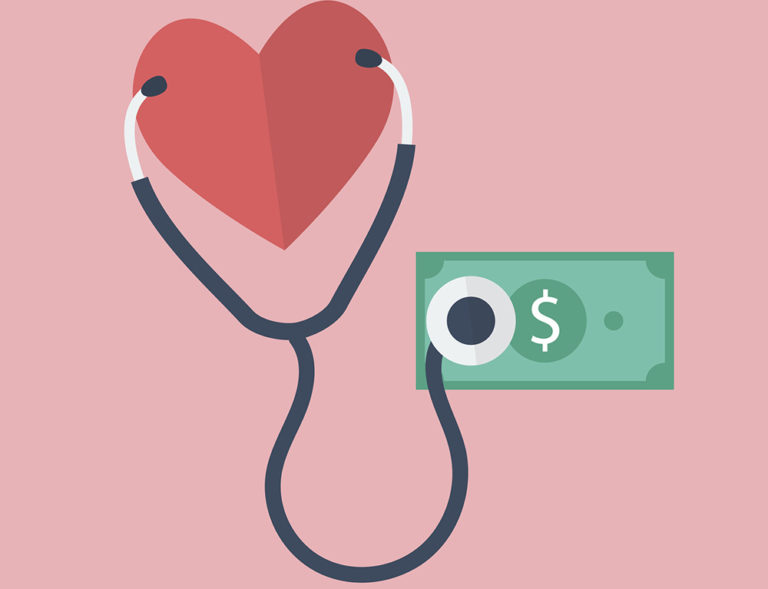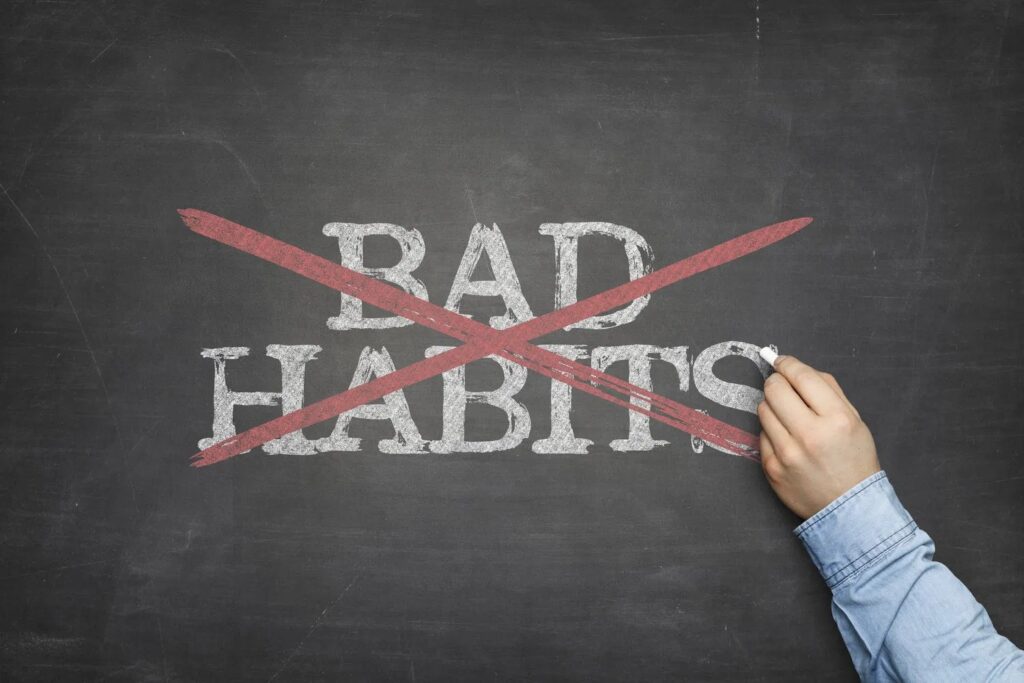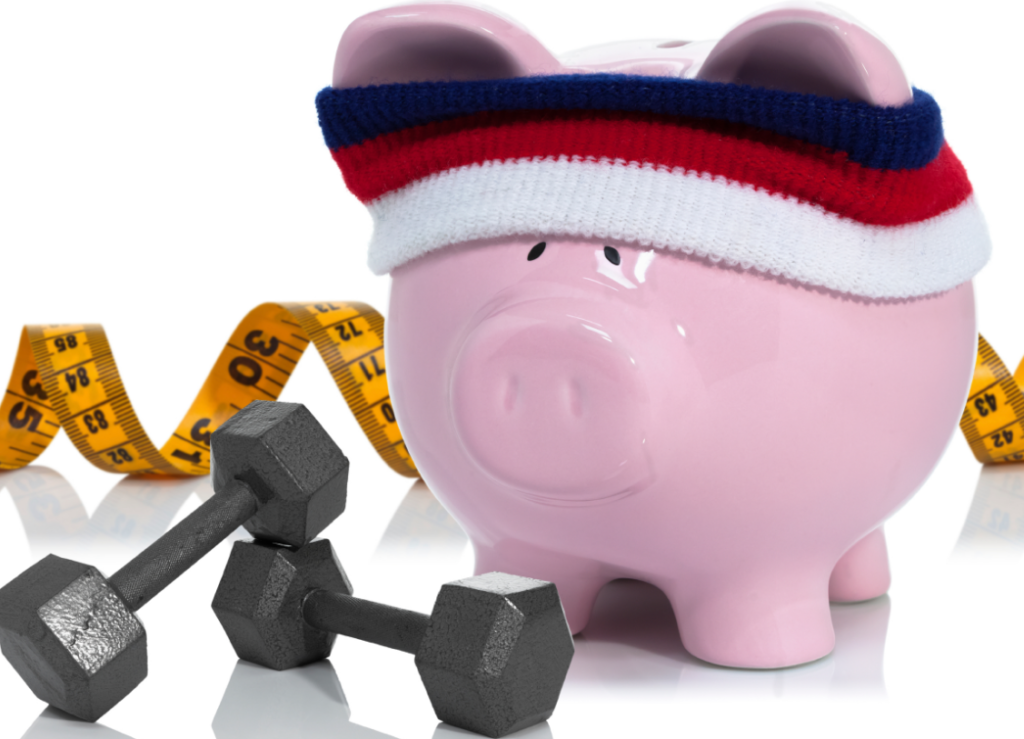Financial fitness is a topic that creates quite a bit of disagreement. Some believe it does not really exist while others are convinced that financial fitness is as real as physical fitness. We will assume it is real for the purposes of this post. With that assumption, what does it actually look like?
The concept of financial fitness is derived from the older concept of physical fitness. So before going any further, the definition of physical fitness needs to be established. Merriam-Webster’s online dictionary defines it as “good health and strength achieved through exercise.”
To be physically fit is to be in good health and strong. It is achieved through exercise. With our advanced knowledge of nutrition, it is fair to say that combining exercise with good eating habits can make one physically fit. Now let us apply this definition to personal finances.
Healthy Finances

A physically fit body is a healthy body. It is not plagued by sickness, disease, or injury. Likewise, healthy finances are not plagued by ongoing problems. You would expect a financially fit person to have sufficient income to pay the bills. You would expect that person to not be constantly running to others for help.
This is not to say that such a person never experiences any hiccups. Just like the most physically fit people still suffer from colds every now and again, people with fit finances experience temporary financial emergencies. It’s just that financial problems are not the norm. A financially fit person’s money problems are the exception to the rule.
Strong Finances

Good health is defined in a physical sense as the absence of sickness, disease, or injury. Yet a body that is free from such things is not necessarily strong. You could have a completely healthy young man who, because of lack of exercise, is incapable of lifting heavy loads.
Likewise, healthy finances are finances that are free of things like excessive debt, late payments, and so forth. Those finances might not be strong enough to handle heavy work – like covering emergency expenses or providing income during retirement. The solution is to build them up.
How to Achieve Financial Fitness

If you compare personal finances to personal health, you can make the case that financial fitness is a very real thing. But how do you achieve it? How do you go from weak and unhealthy finances to those that are healthy and strong? By making systemic changes in several steps.
Step 1 – Assessment
The first step is to honestly assess your financial health. Nothing will change until you are willing to be honest about where you are financially. Once you admit that your finances are in trouble, you can start making changes to correct the situation.
Note that you already do the same thing in terms of your physical health. When you are not feeling well, what do you do? You see the doctor. Your doctor assesses your physical health in order to determine what is wrong. There is little you can do to help yourself feel better without that assessment. The same is true with your finances.
Step 2 – Ending Bad Habits

The second step is where you begin implementing the changes that will be key to improving your financial situation. Start by addressing those bad habits that are causing your unhealthy financial situation.
If you were talking about physical health, you would probably consider things like quitting smoking and avoiding foods that are high in fat and empty calories. Bad habits that make finances unhealthy include things like excessive credit card spending, gambling, excessive impulse buying, and the like.
Addressing bad habits are important for the simple reason that not putting an end to them only makes it more difficult to improve your situation. Physically, you will find it difficult to lose weight if you don’t stop eating those foods that lead to weight gain. Likewise, you will find it difficult to get your debt under control if you continue using your credit cards impulsively. The bad habits have to stop.
Step 3 – Budgeting
Improving financial health also involves budgeting. Budgeting is to personal finances what a wellness plan is to your physical health. A personal trainer might develop a wellness plan that guides you through your daily routine. The plan keeps your diet and exercise goals on track. A budget does the same thing for your finances.
A budget guides your monthly spending to ensure that you don’t have more going out than you have coming in. It helps regulate your day-to-day spending. A budget helps prevent spending without thinking; a situation that often leads to inadvertently getting yourself into debt.
Step 4 – Maintaining

The fourth and final step is maintaining. In terms of physical wellness, maintaining is all about not allowing yourself to slip back into unhealthy habits after you have achieved the level of wellness you set out to achieve. You are finally healthy. You are strong. You feel good about yourself and where you are physically, mentally, and emotionally. Now you practice habits that allow you to maintain your state of wellness.
Apply this same strategy to financial wellness. Take pride in the fact that you have managed to get your debt under control. Take pride in the fact that you pay your bills on time, that you no longer have to worry about living paycheck to paycheck. But do not stop there. Now move on to maintaining your current state of financial wellness.
Maintaining involves controlling your spending, limiting your credit card use, continuing to pay your bills on time, and keeping your borrowing in check. Now that your finances are healthy, you can make them stronger by saving and investing. You can put money in a savings account and a 401(k) plan. You can invest in stocks, bonds, and other opportunities.
Financial fitness is a very real thing. It looks a lot like physical fitness. Interestingly enough, you achieve it by quitting bad habits, adopting healthy habits, and building for the future.














